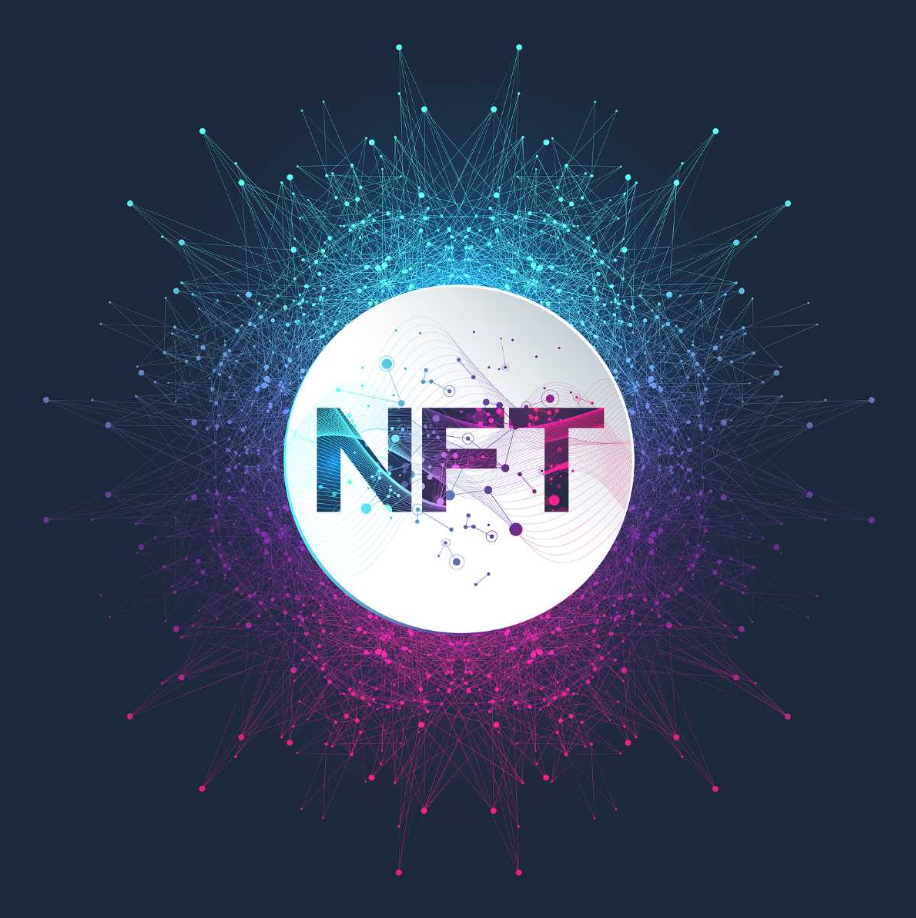Embrace the future of robotics with an exciting breakthrough - the incorporation of blockchain technology, best known for underpinning cryptocurrencies like Bitcoin and Ethereum, into robot swarms. This development is not just a technological leap, but it's opening doors to a world where robots operate securely and autonomously, without human intervention. Researchers have successfully showcased this concept through extensive experiments with both simulated and real robots.
Imagine a world where fleets of robots, known as swarm robotics, work together to accomplish tasks without a central controlling unit. Instead, their collective behavior emerges from local interactions. Such decentralization gives them the capability to function independently from external infrastructure like the Internet. This independence paves the way for their deployment in diverse environments - be it underwater, underground, in outer space, or at sea.
Although robot swarms are predominantly found in research environments at present, experts predict a future where they become integral parts of daily life. From environmental monitoring and infrastructure inspection to waste management and underwater exploration, robot swarms have the potential to make significant contributions to a cleaner, less polluted, and fossil-free future. In some instances, these swarms even outperform humans, providing higher-quality results while ensuring safety.
However, the real-world deployment of robot swarms does come with challenges. There's a risk of robots malfunctioning or even being hacked. These deviant bots, known as "Byzantine" robots, can disrupt the entire system, akin to a virus spreading through a swarm. Although the security aspect is crucial for the real-world implementation of robot swarms, it has been an under-researched area. That's where the role of blockchain technology comes in.
Blockchain, the technology behind Bitcoin, effectively neutralizes the threats posed by Byzantine elements in Internet networks. Ethereum took this technology a step further, introducing blockchain-based smart contracts - programming codes executed within a blockchain network. These contracts are immutable, and contracts are automatically executed, embodying the "code is law" principle.
While the use of blockchain and smart contracts in large robot swarms was previously uncertain, new research has addressed this ambiguity. Experiments conducted involving robots demonstrated a practical scenario where each robot was part of a blockchain network. Through a smart contract shared amongst all robots, each bot communicated its environmental attribute estimates.
This contract then collated these estimates to generate the required attribute assessment. To keep the system secure, the smart contract had mechanisms to reward compliant robots and penalize harmful Byzantine bots. This method ensured Byzantine bots couldn't influence the swarm's activities or behavior.
The integration of blockchain into a robot swarm does increase computational requirements, such as CPU, RAM, and disk space usage. However, these experiments confirmed that the additional computational demands are manageable and only minimally impact a robot's performance. Therefore, the successful fusion of blockchain technology with robot swarms is paving the way for secure robotic applications, an exciting glimpse into our tech-empowered future.







